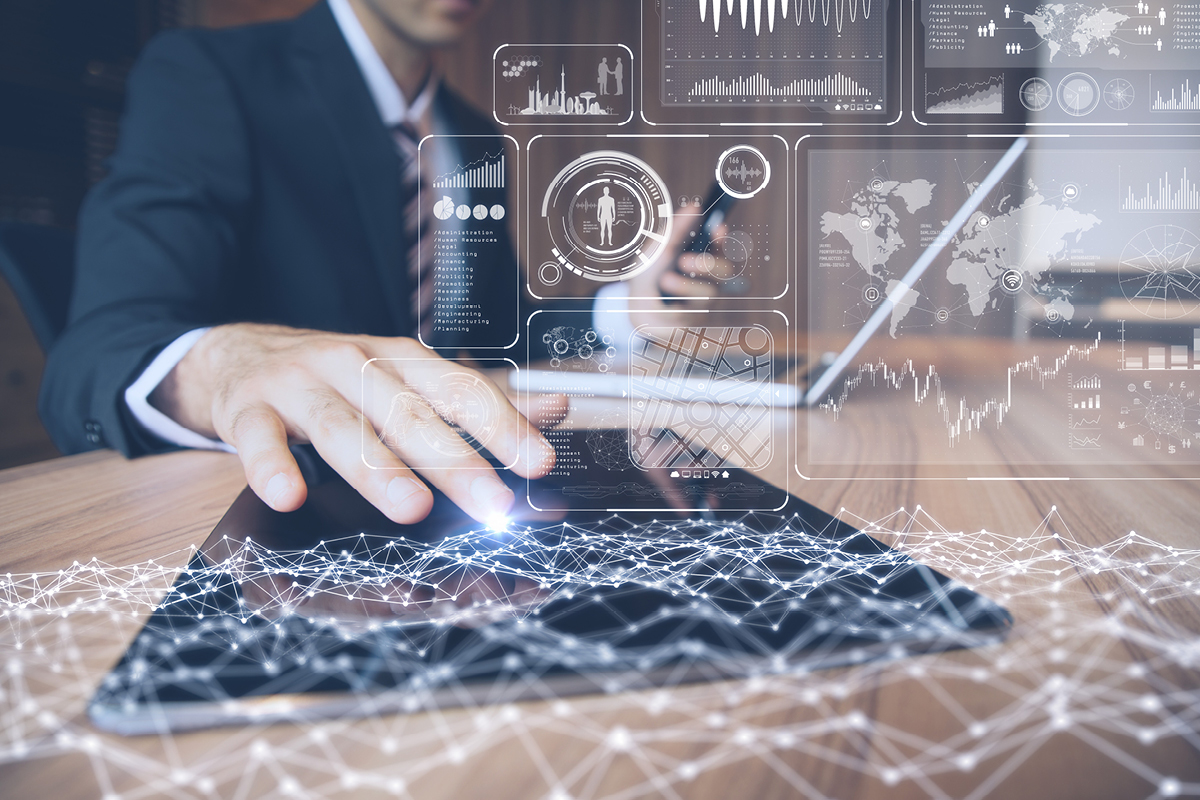For the past century, technology has followed a predictable path. It’s been made faster, smaller and more powerful. Manual processes have become automated, productivity has increased, and human life has improved.
We’re now at a point of change and are facing a period of great disruption. Rather than replacing labour, technology is starting to automate routine cognitive work. Innovation is occurring at breakneck pace and business leaders are being forced to manage continuous change, as emerging technologies become more mainstream.
In our current phase of digital transformation, every business is undergoing a shift. New technologies are fuelling globalisation, redefining our concepts of software and computing, crushing costs, and powering data-driven decision-making.
Of the major technological tectonic shifts that are occurring, three main areas stand out:
AI, automation and machine learning
Artificial Intelligence (AI) is not a futuristic notion. It’s here right now. As are automation and machine learning (ML). In some instances, robots are now performing certain tasks in a much more efficient way than humans.
Some may argue that automation is taking away jobs, but I’d suggest that, instead, it frees up humans from mundane, time-intensive tasks such data entry to deliver high-value, more enjoyable work.
Rather than replacing all human jobs, I prefer to think of AI as Augmented Intelligence. It puts human intuition at the centre of data and advanced algorithms.
Simultaneously, as humans and smart machines collaborate more closely, work processes will become more fluid and adaptive. By combining human intuition and real-time data to make decisions, companies will be better poised to change processes on the fly (or to completely rearrange them) to deliver the best results.
Cloud computing vs edge computing
Cloud computing has become a major trend over the last decade. It helps businesses reduce their physical IT hardware and cuts down time-intensive processes such as backup and recovery.
However, businesses need to access more information, faster than ever before. While cloud data centres are useful for accessing information from anywhere, historically they have been slower to run analytics from.
Until now. Companies are migrating to ‘edge’ locations to boost the performance and reliability of apps and services by shortening the distance data has to travel, to mitigate bandwidth and latency issues.
A lot of tomorrow’s analytics will be done locally at the ‘edge’, or across multi-cloud environments. Businesses will need to figure out how and where to apply analytics, especially for Internet of Things use cases (for example, traffic light data or electricity sensors in smart cities), and leverage a platform that can support data from a range of different locations and analyse at scale.
Real to virtual (AR/VR)
Augmented Reality (AR) and Virtual Reality (VR) are the new reality. Digi-Capital, a leading research company in AR and VR technology predicts that AR could top 2.5 billion installed user base and US$70 billion revenue by 2023.
Although not yet widely in use, these technologies will soon be deployed by more companies to create unique, engaging and meaningful experiences for their customers and users. A great example is IKEA’s Place app.
We recently worked on a research project, supported by Qlik Core that uses AR to provide a new level of interaction between the physical products and users by immersing them in augmented reality.
It focuses on shelf space analytics and optimisation and will be especially useful to retailers who are always seeking the right balance of space allocation for brands and products for success.
With this need in mind, we built a solution with Microsoft HoloLens that would enable the retail employees to be ‘augmented’, whereby they can see product specific analytics (such as product performance, applicable discounts, and so on) by just looking at it.
What’s next?
There’s no doubt that the pace of digital disruption will continue. It will create significant opportunities for enterprises to create innovative solutions and improve their competitiveness.
The key to success with this pace is understanding the tectonic shifts before they become mainstream, experimenting and learning about them, and also using technology that enables data-driven innovation in this complex, fast-paced digital economy.







